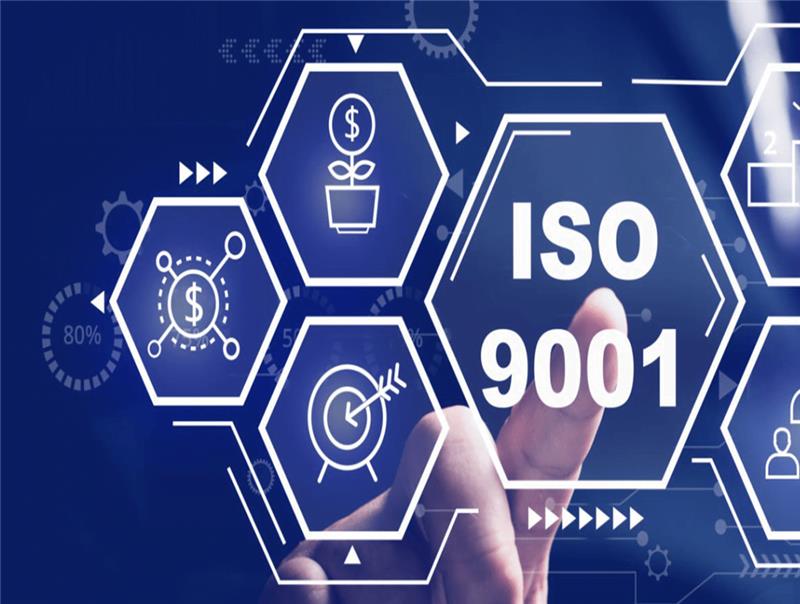Quality Management System (QMS)
Enhance product/service quality and boost customer satisfaction.

The global standard of quality management systems is ISO 9001:2015. It offers specifications of a QMS that would allow a business to offer goods and services that meet the legal standards and customer standards. It also supports customer satisfaction and promotes continuous excellence. The standard follows the procedural approach with the risk-based thinking and follows the Plan-Do-Check-Act (PDCA) model. It can be adopted by any Firm irrespective of its size and industry. It is sanctioned by the International Organization of Standardization (ISO) and represents best practices that are common knowledge. Purpose of a Quality Management System A QMS helps an organization: specify and manage processes; set standards on which to operate; have necessary resources; monitor performance; act on results for improvement. It connects planning, operation, evaluation and improvement to all the activities that affect quality.
The operations have been designed to meet the needs of the clients and increase their satisfaction.
Senior leadership sets the rules, spreads policies and is in charge of the QMS.
The competent and experienced staff members contribute to smooth work of the system.
There are predictable results and consistency which is achieved when the activities are treated as processes.
Reviews and corrective measures encourage ongoing improvement
Measured data supports accurate and factual conclusions.
Controlled communication with suppliers and partners maintains performance stability.
Specified protocols prevent nonconformities and restrict variation.
To preserve process efficacy, risks and opportunities are recognized and managed.
Certification promotes new opportunities and shows adherence to international standards.
Controls production steps, verifies measurements, and reviews product conformity.
Manages design changes and customer feedback.
Maintains inspection records and monitors project progress.
Documents findings and uses authorized test procedures.
Creates courses, gathers input from students, and evaluates results.
Tracks delivery performance and customer complaints.
Controls project documentation and client communication.
Applies traceability and hygiene procedures linked with ISO 22000.
Reviews design inputs and validates final output.
Uses QMS controls to meet contract and legal requirements.
A QMS gives structure to operations. Everyone knows their role, input, and expected output. Records show actions taken and results achieved. Monitoring and audits detect issues early, and corrective action prevents recurrence Management reviews use factual data to assess objectives and customer feedback. Resources are assigned according to need. Both operational control and consumer trust are supported by this stability. Documented protocols direct training and uphold consistent practice when new employees join. Everyday tasks and decision-making incorporate quality management.
A: No. It is voluntary, though many customers and authorities require or prefer certification.
A: Yes. The standard is flexible and can be applied to any size or type of operation.
A: Only information required for effective control such as policies, procedures, and records proving conformity.
A: Internal audits occur at planned intervals; external certification audits are usually annual.
A: Top management provides direction, reviews performance, and confirms that the QMS remains suitable and effective.
A systematic approach to quality management is offered by ISO 9001:2015. It helps compliance with customer and legal standards, encourages improvement, and promotes trust in the outcomes. When applied correctly, it enables consistent delivery of conforming products and services. A Quality Management System is more than documentation; it is a method of planning, operating, evaluating, and improving work. Through this approach, quality becomes a shared responsibility and a daily practice. Implementing ISO 9001:2015 helps any organization maintain control, achieve objectives, and build lasting customer confidence.
Quality Management System :
Unlock Quality Excellence with ISO 9001:2015“ Your Path to Superior Management!
Environmental Management System :
Build a Greener Tomorrow with ISO 14001:2015“ Your Guide to
Sustainable Success!
Information Security Management System (ISMS)
Secure Your Information, Secure Your Future with ISO 27001:2022!
Get in touch with our expert consultants to begin your journey to compliance and operational excellence.
Request Consultation